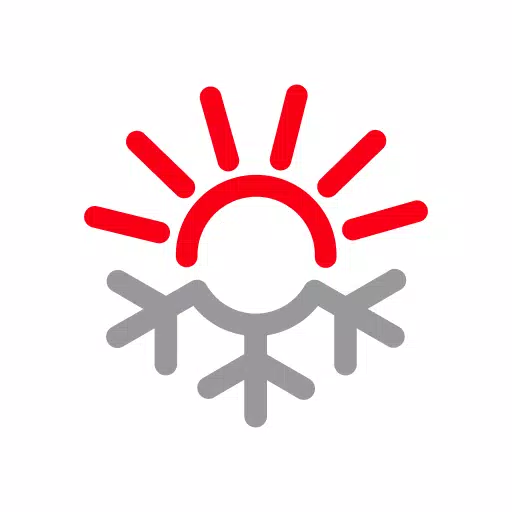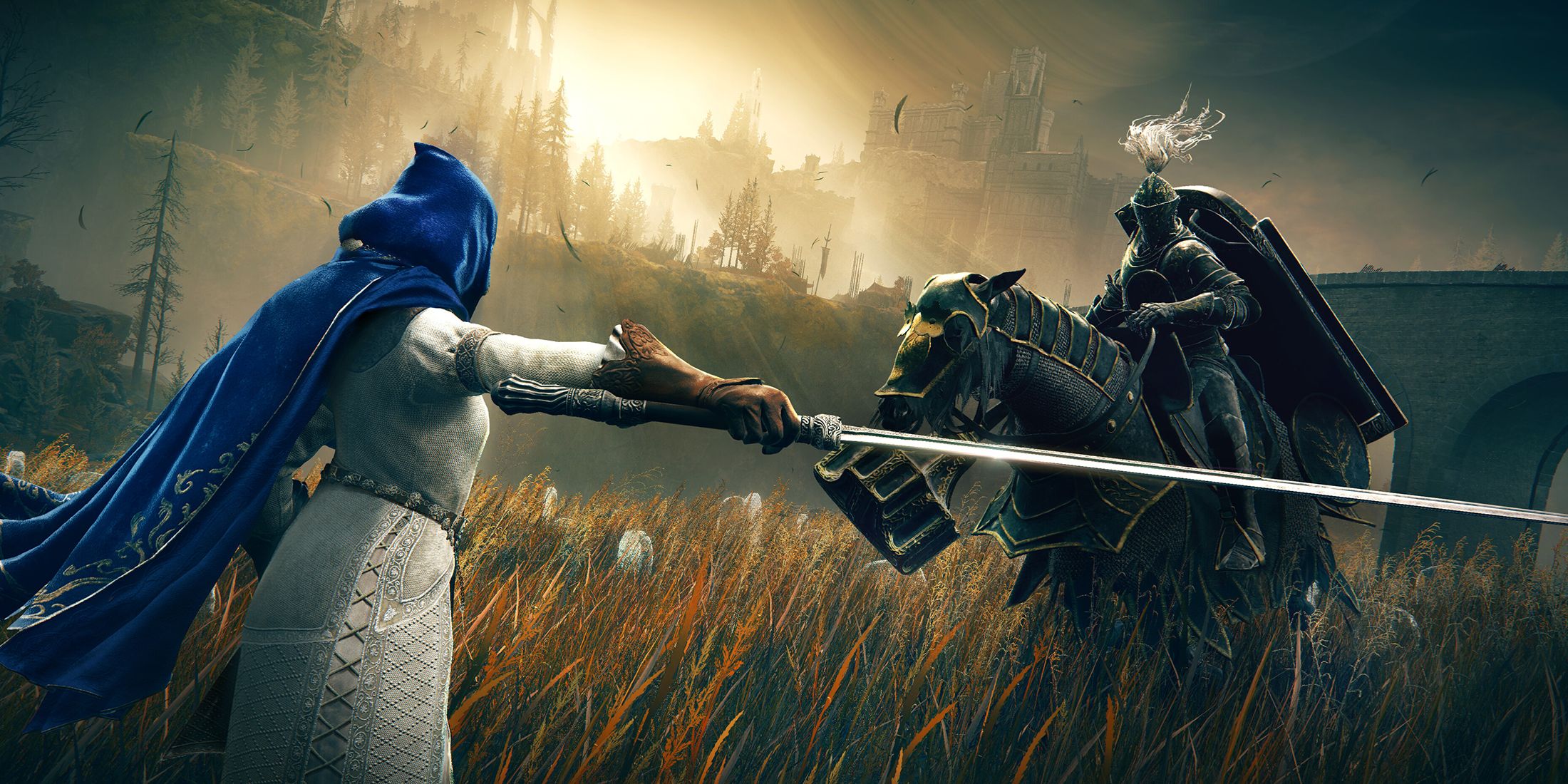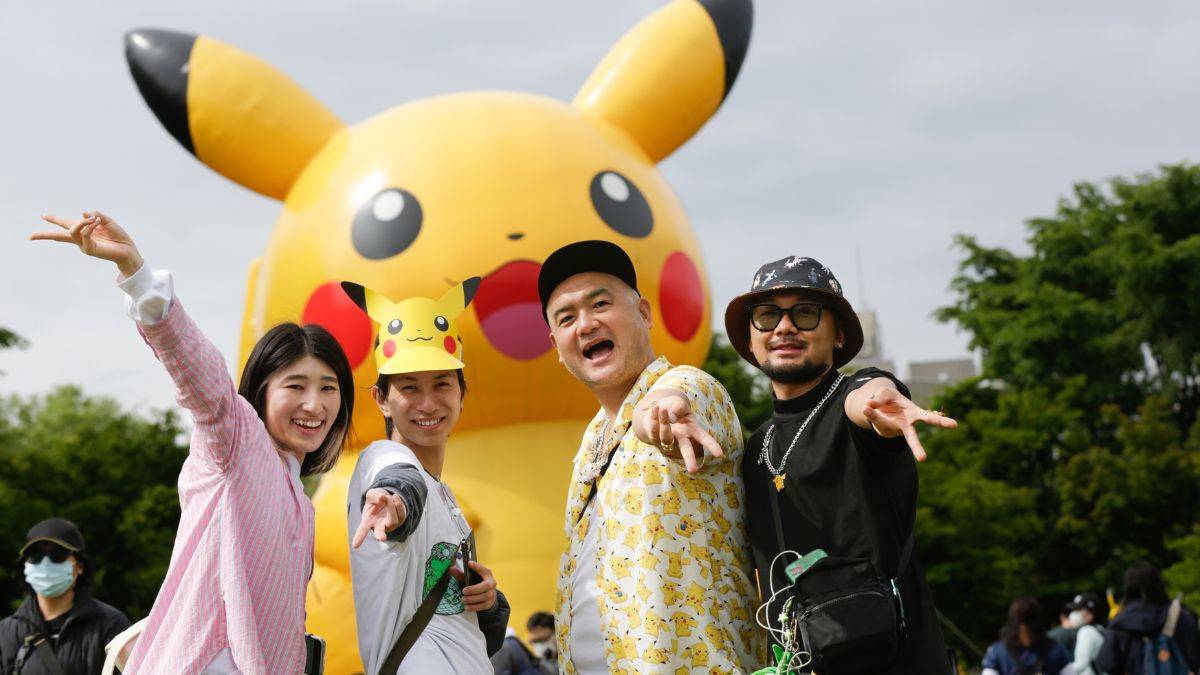Game Devs Discuss Console "Eslop" Issue
There's a peculiar issue brewing on the PlayStation Store and Nintendo eShop. Over the past few months, both platforms have seen a surge of games some users derisively call "slop."
Kotaku and Aftermath have documented this problem, noting the eShop's increasing promotion of games utilizing generative AI and misleading store pages. These games often deceive users into purchasing cheap, low-quality titles that fail to deliver on their promises. This issue has recently spread to the PlayStation Store, particularly cluttering the "Games to Wishlist" section with questionable entries.
These aren't just run-of-the-mill bad games; many unremarkable games are released daily. The problem lies in the sheer volume of strikingly similar titles flooding the stores. These "slop" games, frequently simulation games perpetually on sale, often mimic popular games' themes or even outright steal names and concepts. Their hyper-stylized art and screenshots reek of generative AI, yet the actual games rarely match the storefront's promises. They often suffer from poor controls, technical issues, and a lack of engaging content.Furthermore, a small number of companies seem responsible for churning out these games relentlessly. As YouTube creator Dead Domain discovered, these companies are remarkably difficult to track down and hold accountable, often lacking public websites or business information, and sometimes even changing names to evade scrutiny.
User frustration has grown, leading to calls for stricter storefront regulation to combat this "AI slop," especially given the Nintendo eShop's increasingly sluggish performance as more games clog its pages.
To understand this phenomenon, I investigated how these games flood the storefronts, why PlayStation and Nintendo are particularly affected, and why Steam and Xbox appear relatively unaffected.
The Certification Process
I interviewed eight game development and publishing professionals (all requesting anonymity due to fear of platform holder reprisal), each with extensive experience releasing games across Steam, Xbox, PlayStation, and Nintendo Switch. Their insights shed light on the game release process across these platforms, potentially explaining the disparity in "slop" levels.
Generally, the process involves pitching to the platform holder (Nintendo, Sony, Microsoft, or Valve), gaining access to development portals and devkits (for consoles), completing forms detailing the game, and undergoing certification ("cert," "lotcheck"). Certification verifies the game meets technical requirements (e.g., handling corrupted saves, controller disconnections), legal compliance (e.g., avoiding copyright infringement, adhering to age ratings), and ESRB rating accuracy. Interviewees emphasized platform holders' strictness regarding age ratings, where any discrepancy can significantly delay or halt release.
A common misconception is that certification equates to quality assurance. Several interviewees clarified that certification checks technical compliance, not game quality. The developers/publishers are responsible for QA before submission. Platform holders primarily ensure the game's code meets hardware specifications. Games passing certification are released; failures result in resubmission after addressing the identified issues. Interviewees reported receiving limited feedback from platform holders, often just error codes, with Nintendo frequently cited for rejecting games without clear explanations.
Store Page Presentation
All platform holders require accurate game representation on store pages. However, the enforcement varies. Screenshot reviews primarily check for consistency (e.g., correct controller buttons, language) and avoid competing imagery. One interviewee recounted a case where Nintendo rejected screenshots due to unrealistic graphics impossible to render on the Switch, highlighting the lack of access to game builds by the store review teams.
While Nintendo and Xbox review store page changes before going live, PlayStation conducts a single check near launch, and Valve reviews only the initial submission. One interviewee noted that Valve doesn't review page updates after initial approval.
While platform holders conduct some level of diligence to ensure the product matches its description, the standards for accurate representation are loosely defined, allowing many games to slip through. One interviewee described a game, "Street Survival: Homeless Simulator," whose store page accurately described progression but whose screenshots didn't reflect this, yet still passed review.
The consequences for misleading screenshots are usually limited to removal requests, though developers risk delisting or removal from the platform if they repeatedly violate rules. Notably, none of the three console storefronts have rules regarding generative AI use in games or store assets. Steam, however, includes a section in its content survey asking developers to disclose generative AI usage.
The EShop's "Eslop" Problem
The question remains: why are Sony and Nintendo's storefronts flooded with low-quality games using generative AI assets? The interviews revealed several factors:
Microsoft vets games individually, unlike Nintendo, Sony, and Valve, which vet developers. This makes Microsoft less susceptible to "slop" because each game must pass individual scrutiny. Interviewees highlighted Xbox's higher standards and hands-on approach, leading to fewer low-quality games.
Nintendo and PlayStation's developer-based vetting allows companies to easily publish multiple games, leading to the influx of similar, low-quality titles. One developer described Nintendo as "probably the easiest to scam." Another described a strategy of releasing bundles with perpetually extended sales to maintain top positions on the Nintendo eShop's "New Releases" and "Discounts" sections. A similar problem was described on PlayStation, where automatic lists prioritize newly released games, even low-quality ones, pushing higher-quality games down the rankings.
While generative AI is often blamed, it isn't the primary issue. Many games use generic concept art instead of AI-generated assets. Generative AI can't create a complete game ready for certification. Interestingly, Xbox, despite being less affected by "slop," might be less likely to discourage AI use due to its investments in the technology.
The image below shows the "Games to Wishlist" section of the PlayStation Store at the time of writing.
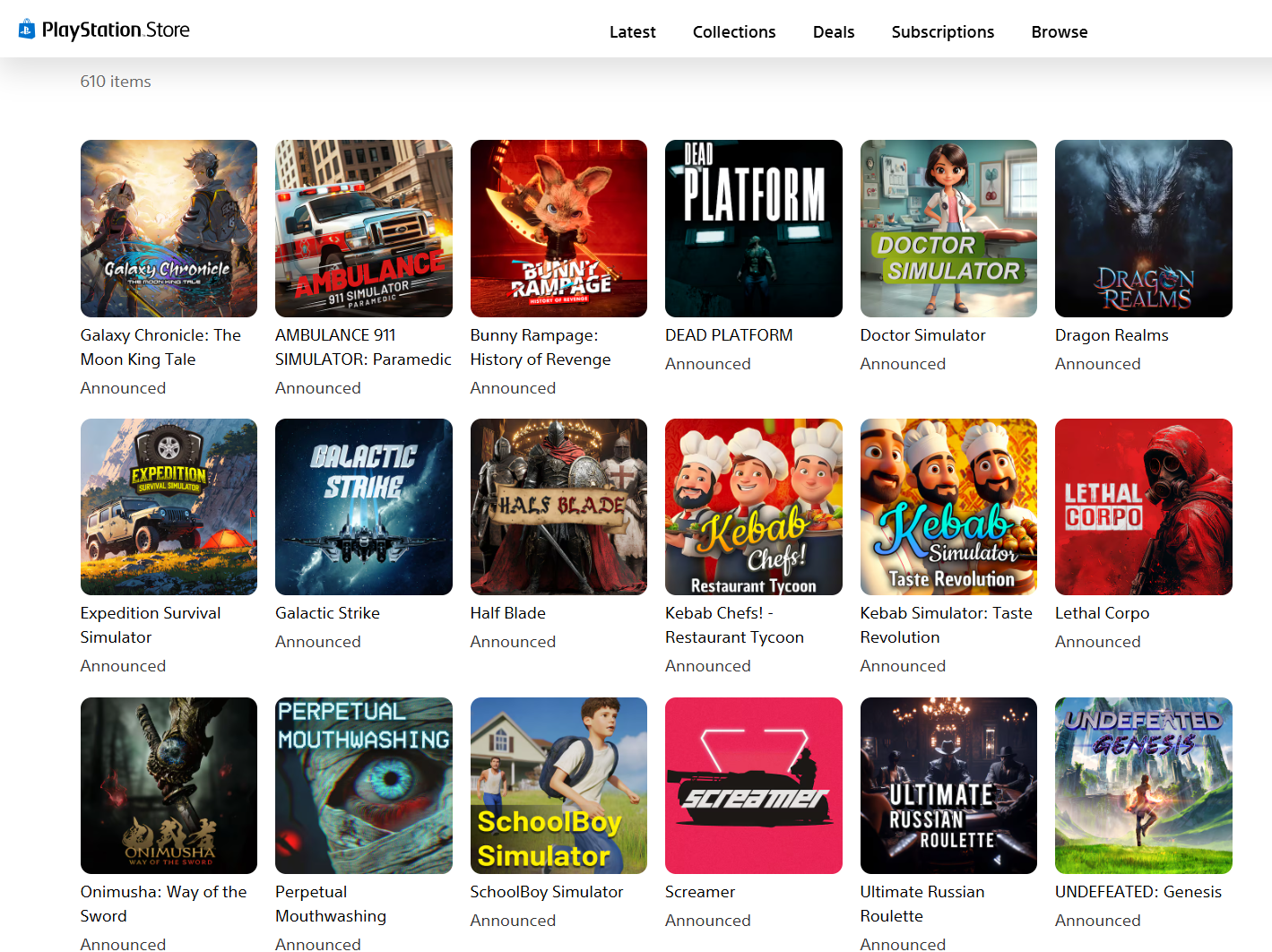
Steam, despite potentially having the most "slop," isn't facing similar user backlash. Its robust search and filtering options, along with the constantly updating new releases section, dilute the impact of individual low-quality games. Nintendo, however, simply presents all new releases in an unsorted pile.
Platform Action and Solutions
Users have urged Nintendo and Sony to address the issue, but neither responded to requests for comment. Microsoft also did not respond. Interviewees expressed pessimism about Nintendo's ability to solve the problem, with one suggesting that the Nintendo Switch 2's eShop might be only marginally better. However, they noted that Nintendo's web browser eShop is relatively better than the console app.
While Sony has taken action against similar issues in the past (e.g., the 2021 crackdown on "spam" content), the effectiveness of future action is uncertain. The article also highlights the potential downsides of overly aggressive filtering, as demonstrated by Nintendo Life's "Better eShop" project, which incorrectly flagged many legitimate games.
Interviewees expressed concerns about potential unintended consequences of stricter regulation, fearing that quality games might be mistakenly targeted. They emphasized that platform holders aren't necessarily trying to deceive consumers but struggle to differentiate between low-quality games, asset flips, and AI-generated games.
The final interviewee expressed sympathy for platform holders, noting the immense task of manually reviewing a massive influx of games. They highlighted the difficulty in objectively identifying "good" or "bad" games and the challenge of balancing allowing diverse games while preventing cynical cash grabs.
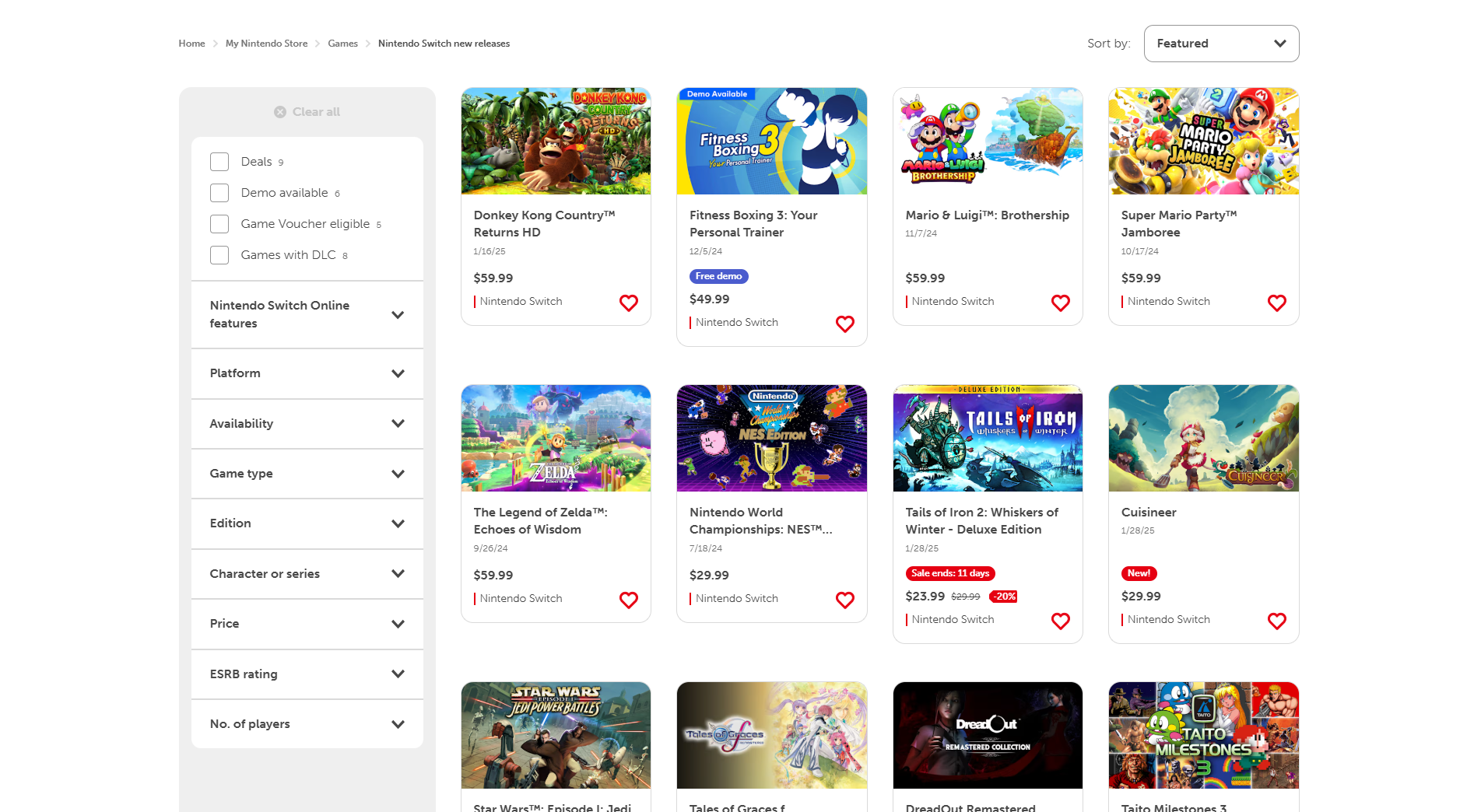
- 1 STARSEED Update: Codes for January 2025 Released Feb 25,2025
- 2 Pokémon TCG Pocket: Wonder Pick Date, Time, and Promo Cards – February 2025 Mar 03,2025
- 3 How to Get All Ability Outfits in Infinity Nikki Feb 28,2025
- 4 Black Myth: Wukong Tops Steam Charts Days Before its Launch Jan 07,2025
- 5 Project Zomboid: All Admin Commands Jan 05,2025
- 6 inZOI, a Korean Sims-Like, Delayed to March 2025 Mar 01,2025
- 7 Ukrainian Internet Stalled as 'S.T.A.L.K.E.R. 2' Release Overwhelms Dec 30,2024
- 8 Silent Hill f: first big trailer and details Mar 22,2025
-
Budgeting & Investing: Your Guide to Financial Apps
A total of 9
-
Addictive Hypercasual Games for Quick Play
A total of 10
-
Best Role Playing Games for Android
A total of 10





